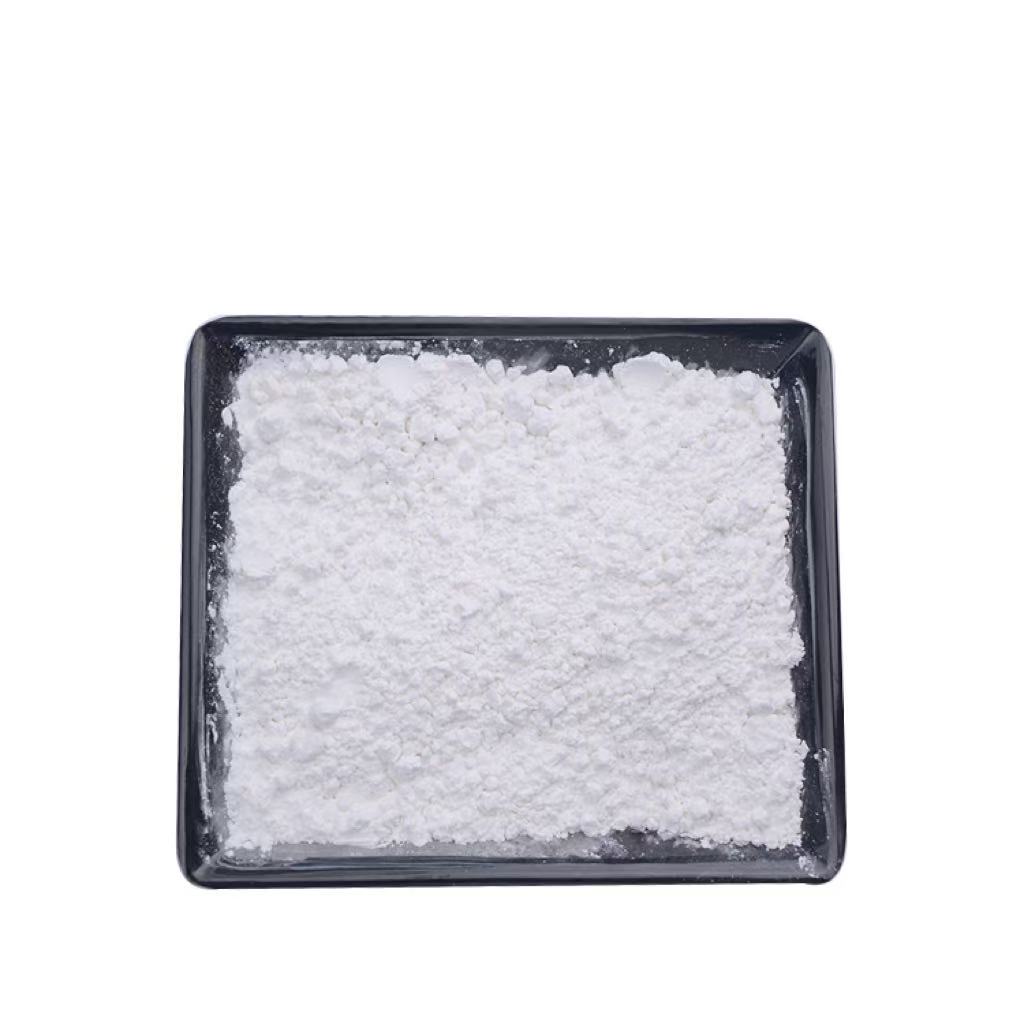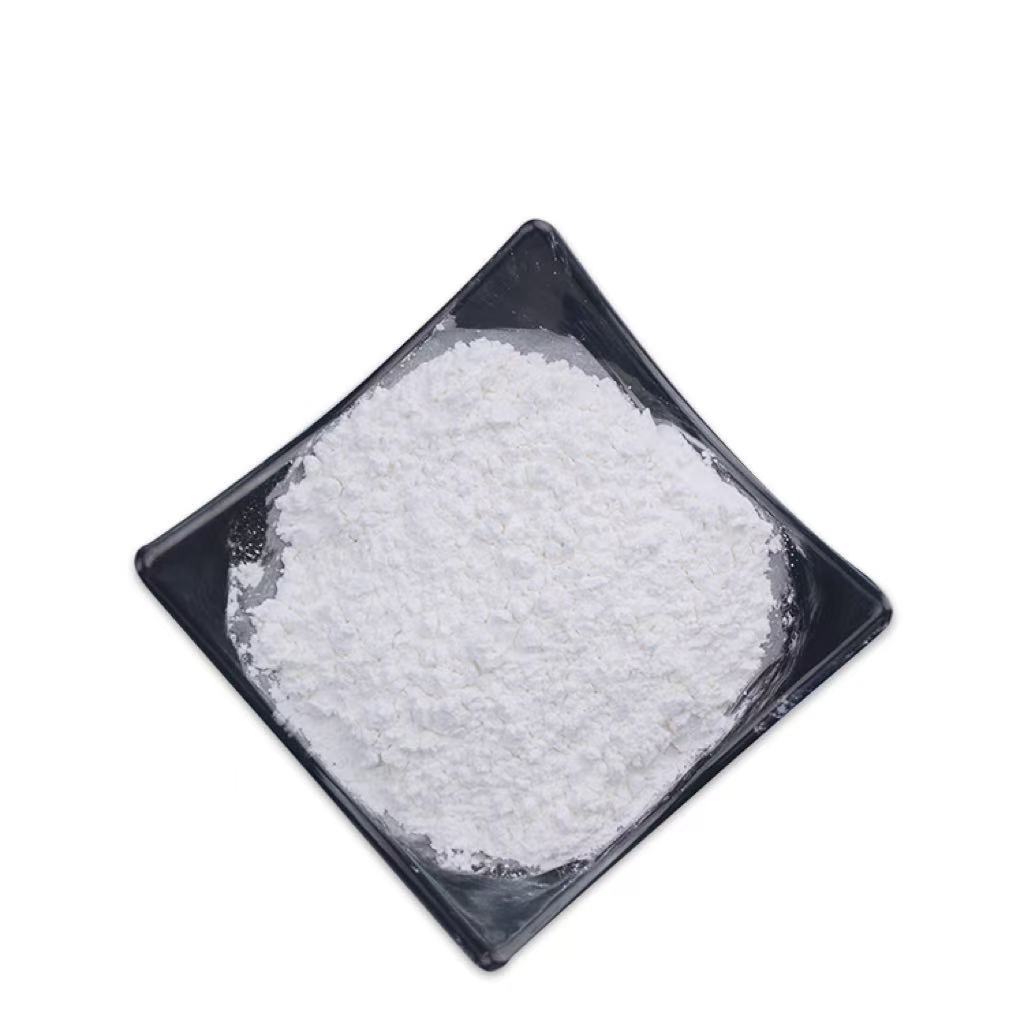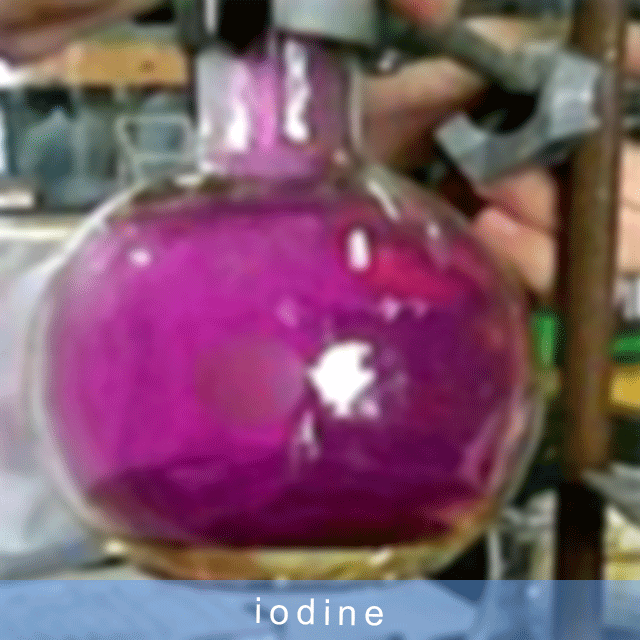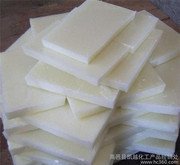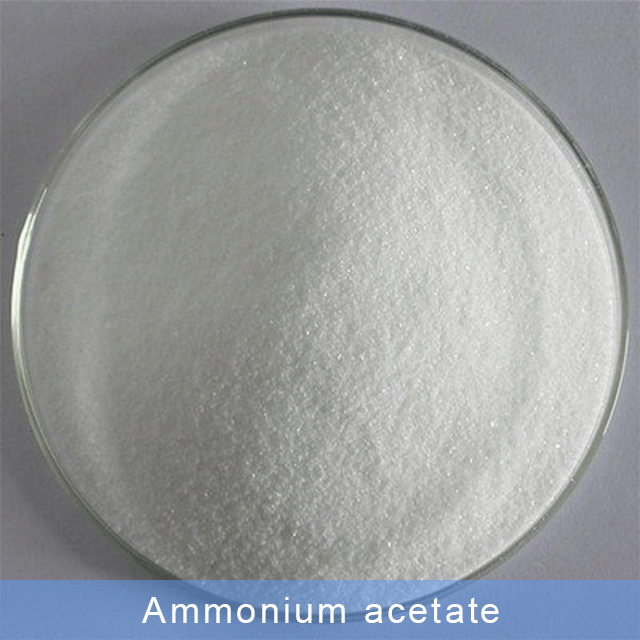Itaconic acid
Itaconic acid is also known as methylene succinic acid and methylene succinic acid. It is an unsaturated acid containing conjugated double bonds and two carboxyl groups, and is rated as one of the 12 major value-added chemicals from biomass. It is a white crystal or powder at room temperature, with a melting point of 165-168°C and a specific gravity of 1.632. It is soluble in water, ethanol and other solvents. Itaconic acid has active chemical properties and can undergo various addition reactions, esterification reactions and polymerization reactions.
Main uses
1. Itaconic acid and its polymers can be made into high-efficiency deodorants by adding a small amount of natural substances. It can react with alkaline odors such as ammonia and amines and acidic odors such as hydrogen sulfide. It can also be made into a series of products such as paper and plastic films with deodorizing functions. 2. Itaconic acid can be copolymerized with styrene and butadiene to make S.B.R latex, which can be used for paper coating to make the paper strong and the printed pattern bright; it can be used for metal and concrete coatings, which are easy to color and not affected by natural conditions; it can be used as a paint additive to improve the quality of paint; it can be used for carpet sizing to make synthetic fiber carpets durable. 3. Itaconic acid is polymerized with acrylic acid or methacrylic acid or its esters to form resins, which can be used for surface coatings and emulsified paints. As a leather coating, it can increase the plasticity of leather; as a coating for automobiles, electrical appliances, and cold storage, it has the advantages of strong adhesion, beautiful color, and resistance to adverse weather; as an electrophoretic coating, it has excellent adhesion; adding multivalent metal oxides can make dental adhesives with good extrusion performance, strong adhesion, and good physiological adaptability; adding chloroalkyl dimethyl benzyl ammonium chloride can make water-soluble coatings, which are used for food packaging materials and can reduce bacterial contamination on the surface of packaging. 4. Esters made from itaconic acid can be used in paints, weakly acidic ion exchange resins, lubricant additives, adhesives and plasticizers, powder-pressed plastics, and sealants. 5. Itaconic acid forms other derivatives that can be used as medicines, cosmetic reagents, lubricants, thickeners, herbicides, and to improve the performance of silk and wool fabrics. 6. Itaconic esters are raw materials for the production of citraconic acid, mesaconic acid, itaconic anhydride, etc.
Related products
-
Industrial Grade
Iodine
-
Industrial Grade
Paraffin wax
-
Industrial Grade
Magnesium silicate
-
Industrial Grade
Ammonium acetate


